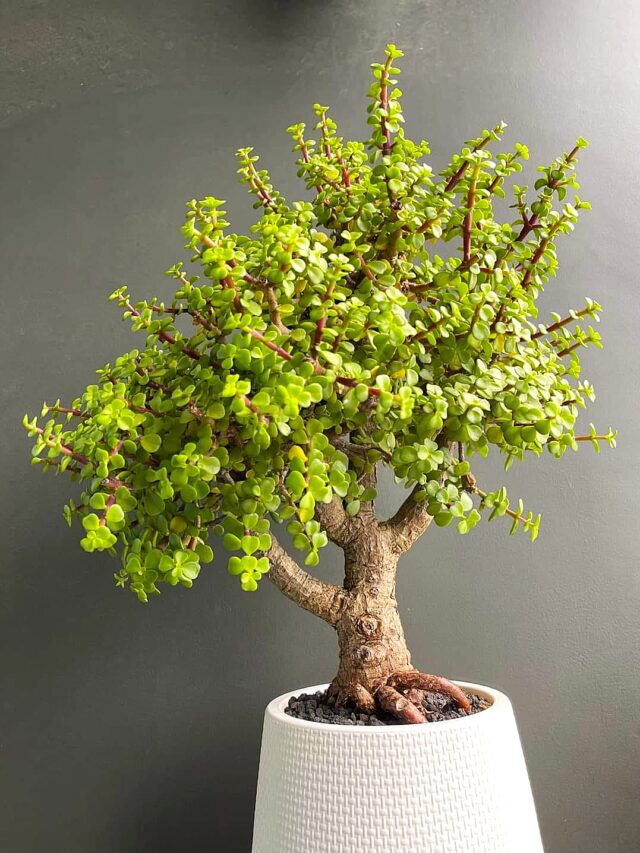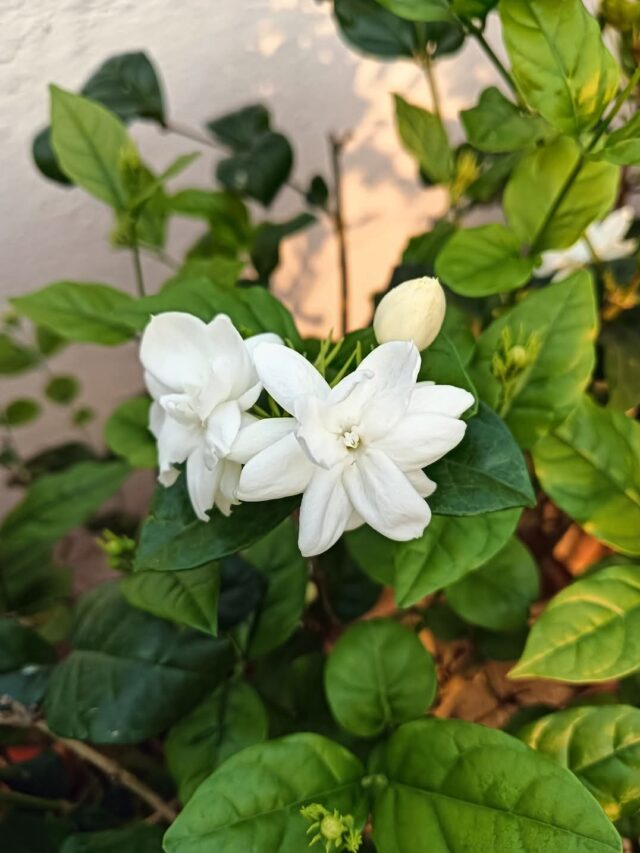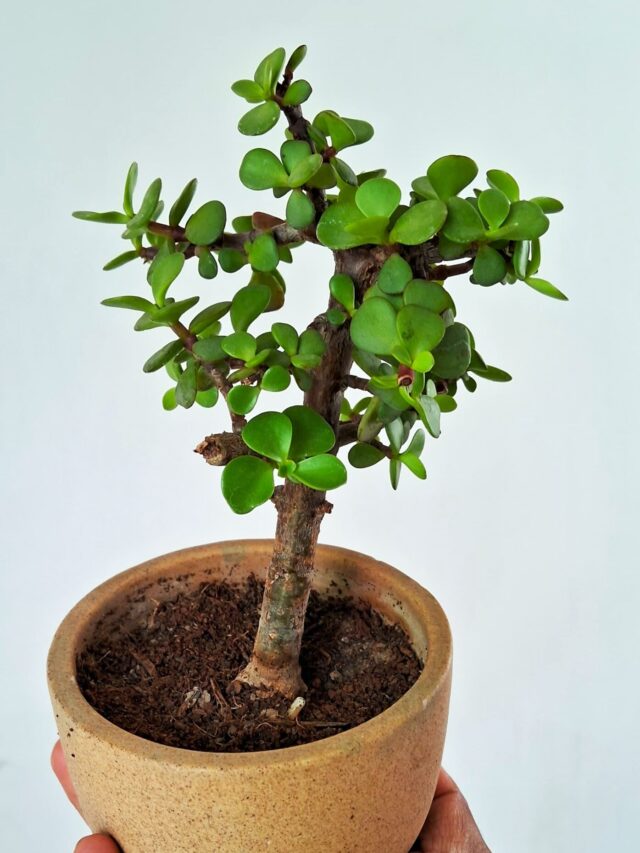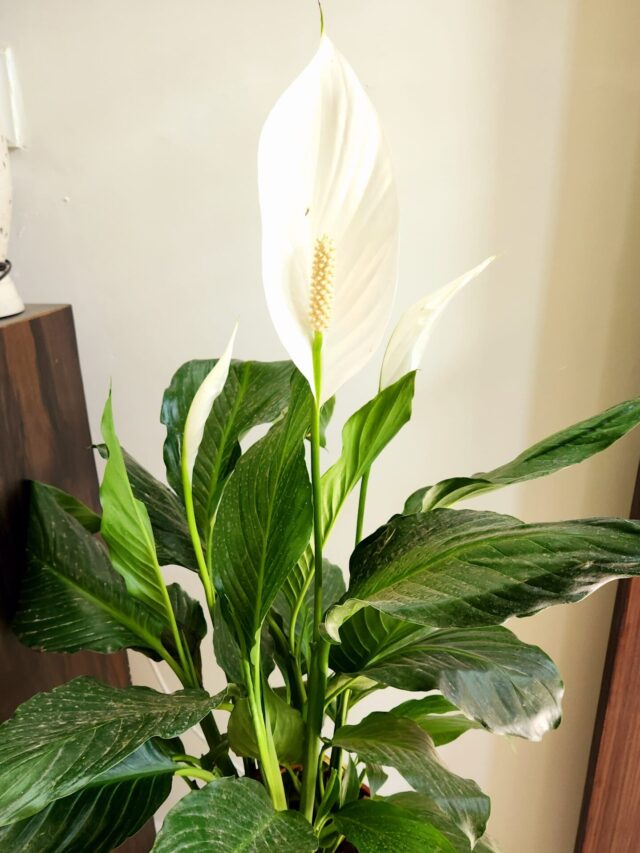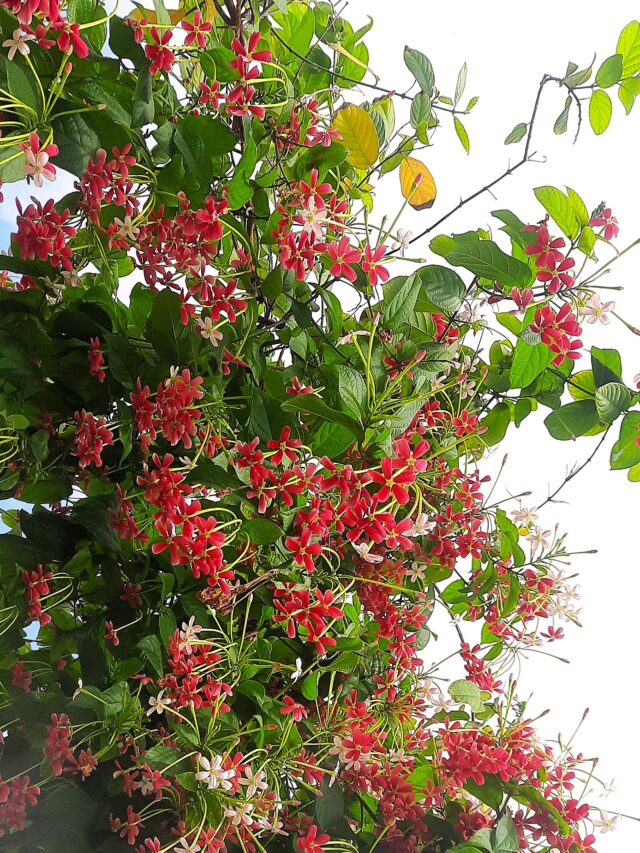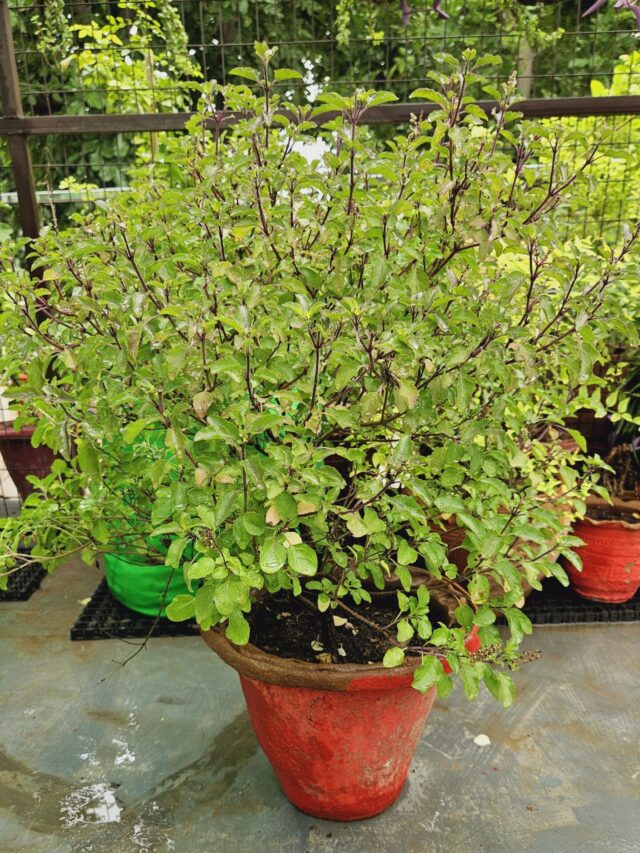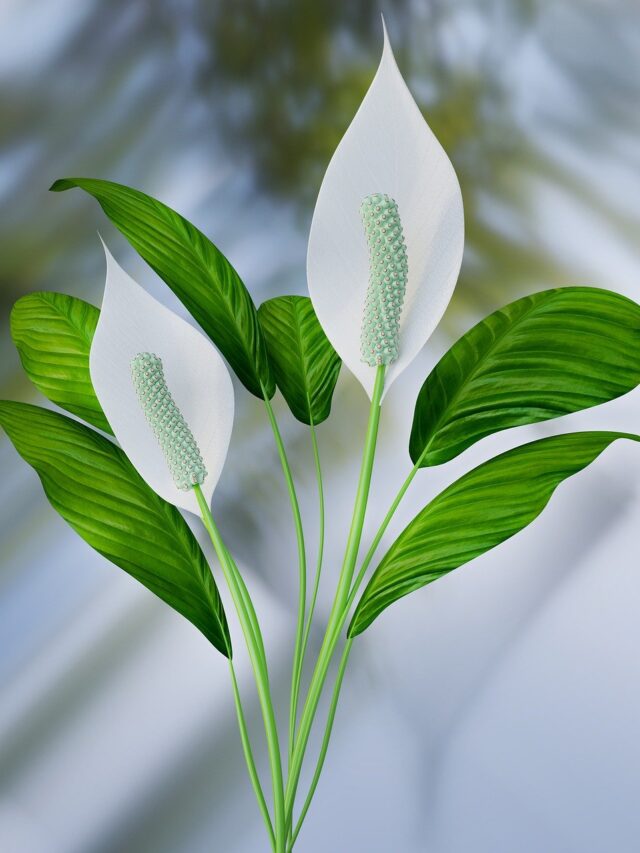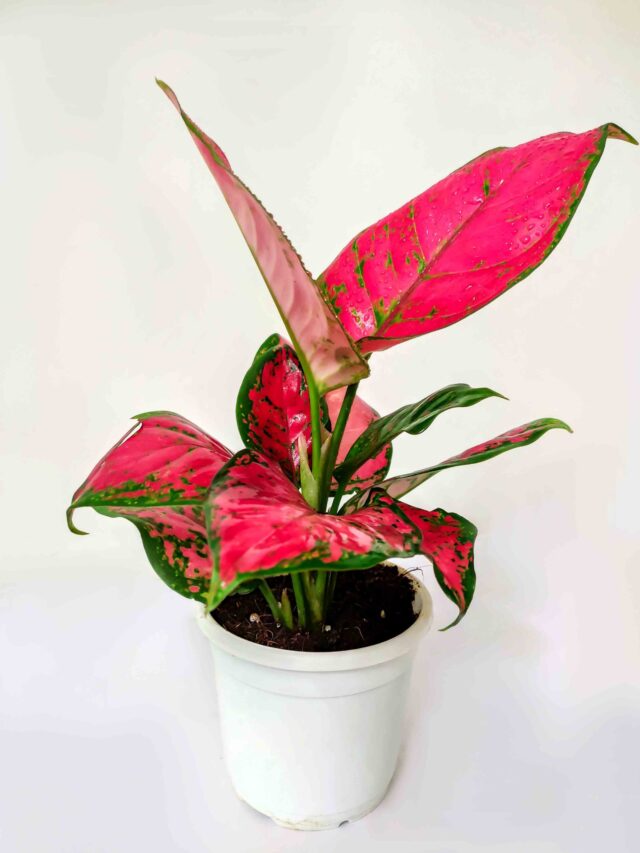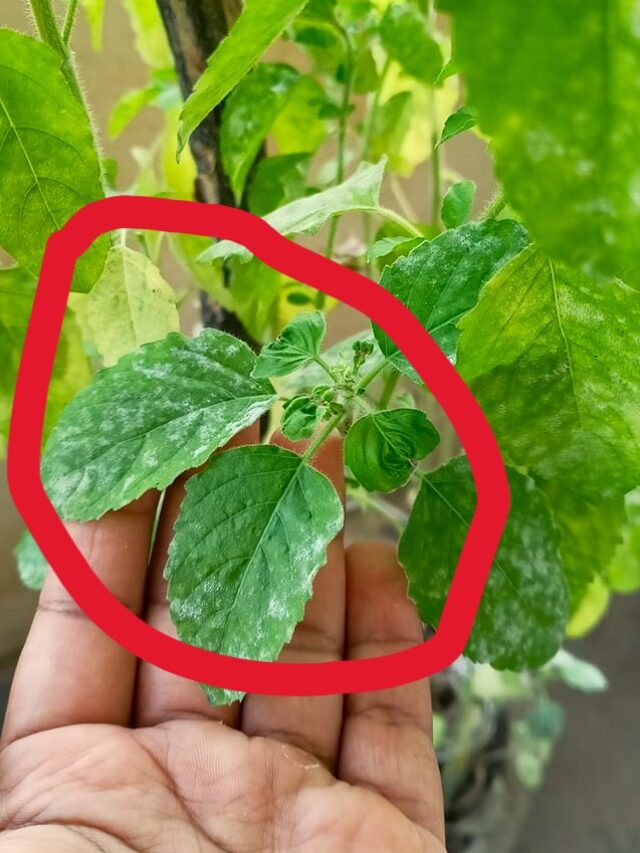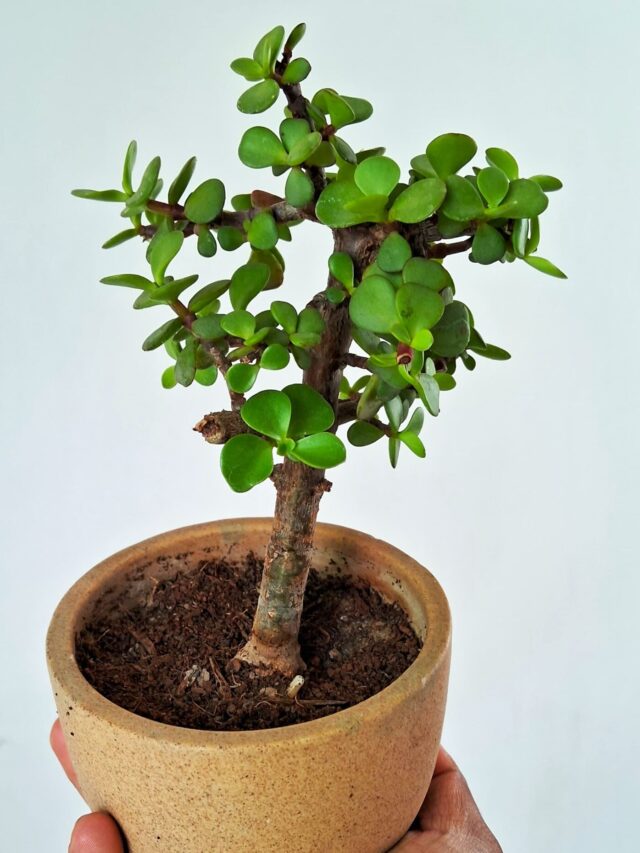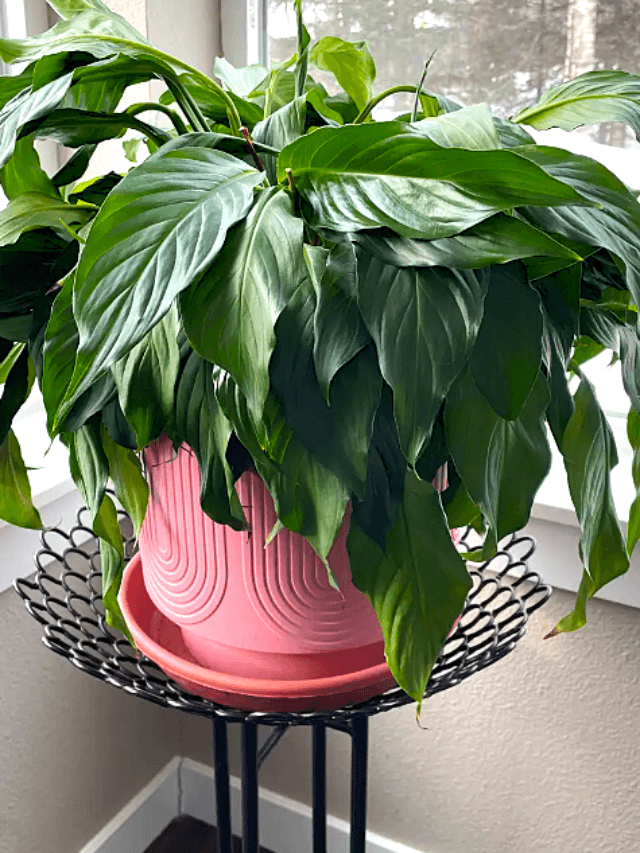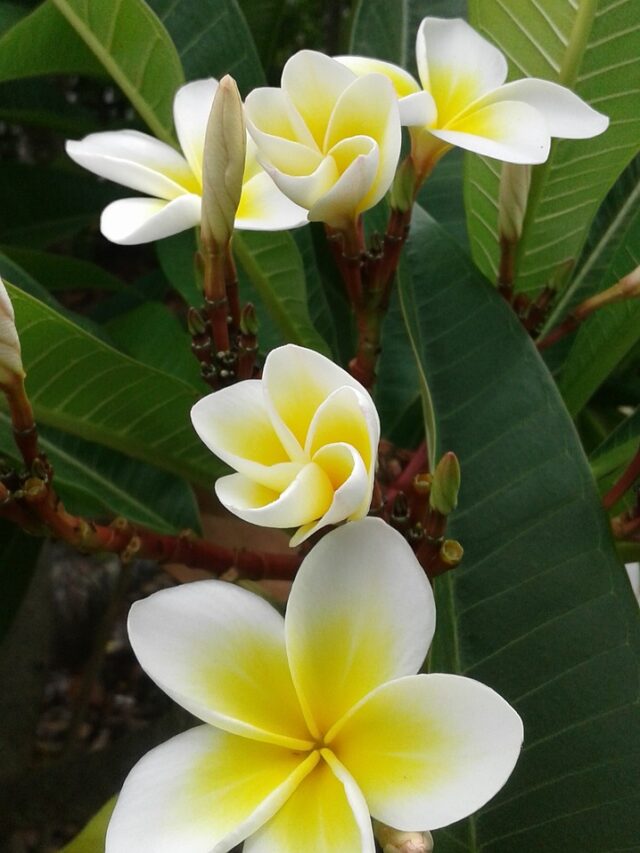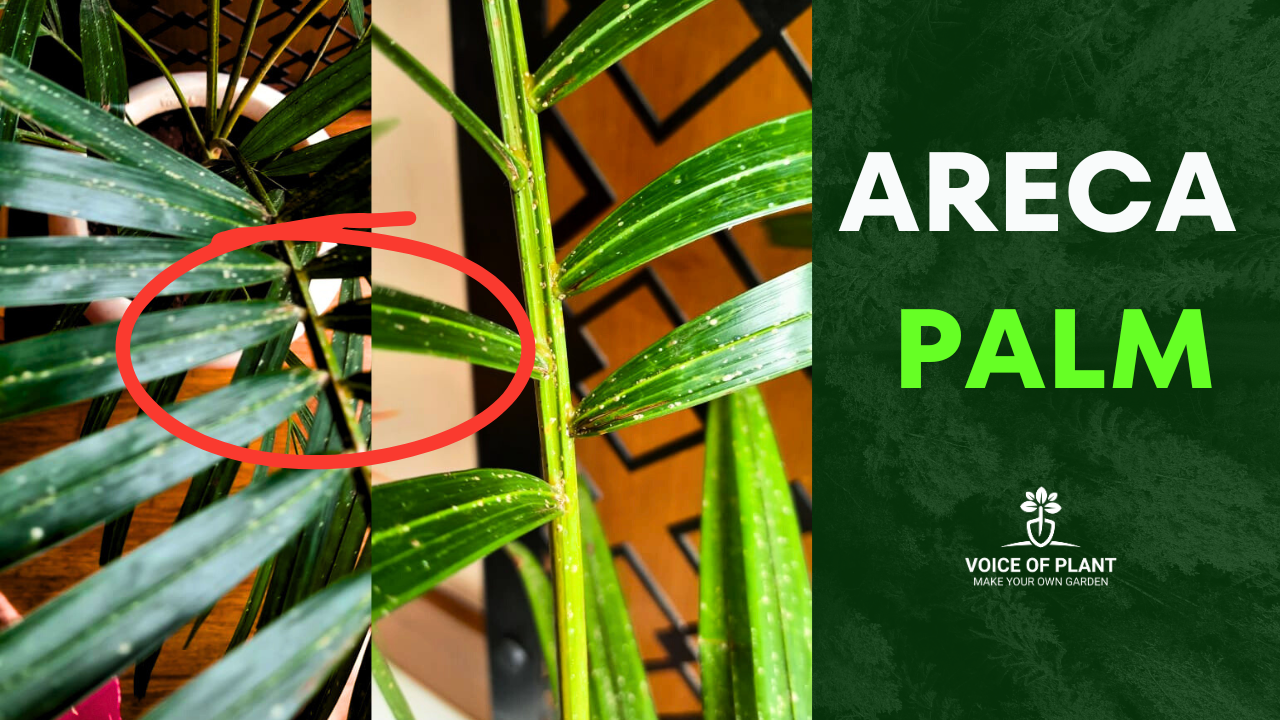How to Care for Aglaonema Plants: Complete Indoor Plant Guide
The Aglaonema, also known as the Chinese Evergreen, is a highly desirable plant for any home, celebrated for its beauty and decorative qualities. It adds a touch of elegance to home gardens and indoor spaces.

However, many people find that despite their best efforts, Aglaonema plants do not thrive as well as they do in nurseries. In this article, we will explore all aspects of care and treatment necessary to help your Aglaonema flourish.
Basic Nature of Aglaonema Plant
Aglaonema is renowned for its stunning ornamental leaves, which come in various colors like red, pink, and green.

- It is one of the most attractive plants for enhancing home decor and is also valued for its air-purifying qualities.
Aglaonema is a perennial plant that, with proper care, can thrive for many years and even multiply over time.
Tips to Care Aglaonema Plant
1. Temperature for Aglaonema plant
The ideal temperature range for this plant is between 18-35°C.
- Aglaonema plants are not inherently hardy; they gradually adapt to their environment.
2. Pot size for Aglaonema plant
This plant thrives in medium-sized pots. The roots of Aglaonema are relatively short and thin, so it does not require a large pot.
Using an oversized pot can lead to excessive moisture retention in the soil, which can cause root rot.
- A pot size of 6-8 inches is generally adequate, with clay pots being the preferred choice.
3. When to repot Aglaonema plant
Aglaonema is a slow-growing plant, so repotting is only necessary when the roots begin to emerge from the top or bottom of the pot, indicating that the plant has outgrown its container.
If you wish to separate the plant’s pups—multiple Aglaonemas growing in a single pot—then repotting is appropriate.
- Use a pot that is only slightly larger than the current one.
4. Ideal Location and Sunlight for Aglaonema plant
Aglaonema plant does not require direct sunlight, making it ideal for indoor spaces with low light conditions.
- Aglaonema should not be placed in direct sunlight or complete darkness.
- It thrives best with about two hours of morning sunlight.
- A location with bright, indirect light is ideal spot for this plant.
- Avoid moving the plant unnecessarily, both indoors and outdoors.
Once you find a suitable spot, let the plant remain there.
Check here
Different lighting conditions for plants
5. Soil Mixture for Aglaonema plant
6. Watering tips for Aglaonema plant
Aglaonema plants have delicate roots and do not require frequent watering.
Overwatering can lead to root rot, causing the leaves to turn yellow and decay.
- Water the plant only when the top layer of soil appears dry.
- Use a stick to check the soil’s moisture level near the roots before watering.
7. Pruning tips for Aglaonema plant
Pruning is not always required, but it can be done to promote new growth, remove damaged leaves, or trim seasonal blooms.
- The best time to prune is in the spring or in monsoon season.
8. Fertilizers for Aglaonema plant
The plant grows slowly, so it requires very little fertilizer.
- Groundnut cake and onion peel liquid fertilizer are effective fertilizers.
- Fertilize sparingly, especially avoiding the scorching summer months and the winter season.
With these care tips, your Aglaonema will thrive, adding beauty and elegance to your home for years to come.
———————–
Follow our Social media channel:
1. Voice of Plant – YouTube Channel
2. Voice of Plant Facebook Page
3. Instagram Voice of Plant Channel
Happy Gardening!

